Europe’s Apex Predator Dominated Ice Age Landscapes
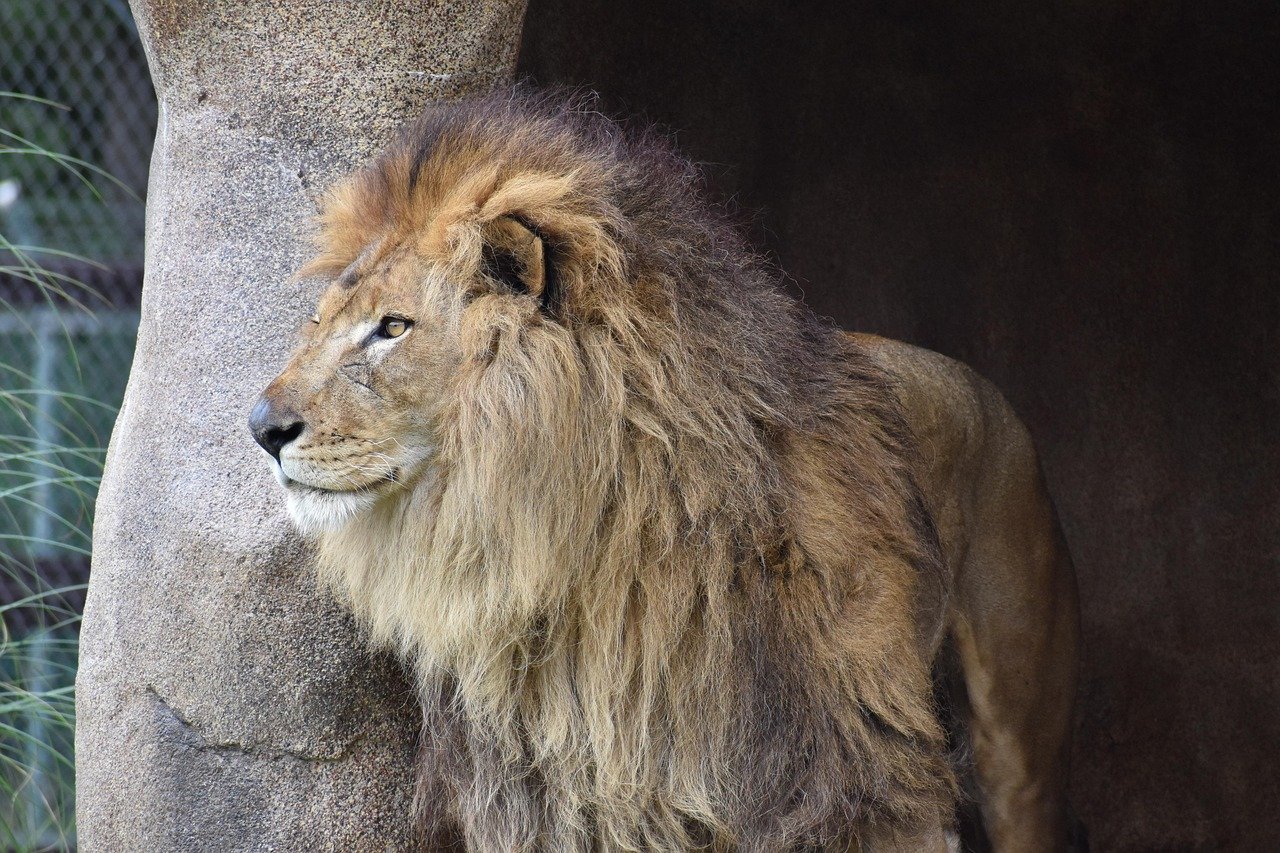
Standing four feet tall at the shoulder with a massive 700-pound frame, the cave lion ruled Europe’s frozen landscapes for over 300,000 years. These magnificent predators were roughly 25% larger than modern African lions, making them one of the most formidable hunters of the Pleistocene epoch.
Unlike their modern relatives, cave lions had no manes, which archaeologists believe helped them navigate through dense cave systems where they sheltered. Their powerful build and razor-sharp claws made them perfectly adapted for taking down massive prey like woolly mammoths and cave bears. The sheer size of these cats would have been intimidating to any creature sharing their territory.
Massive Paws Left Permanent Marks in Ancient Mud
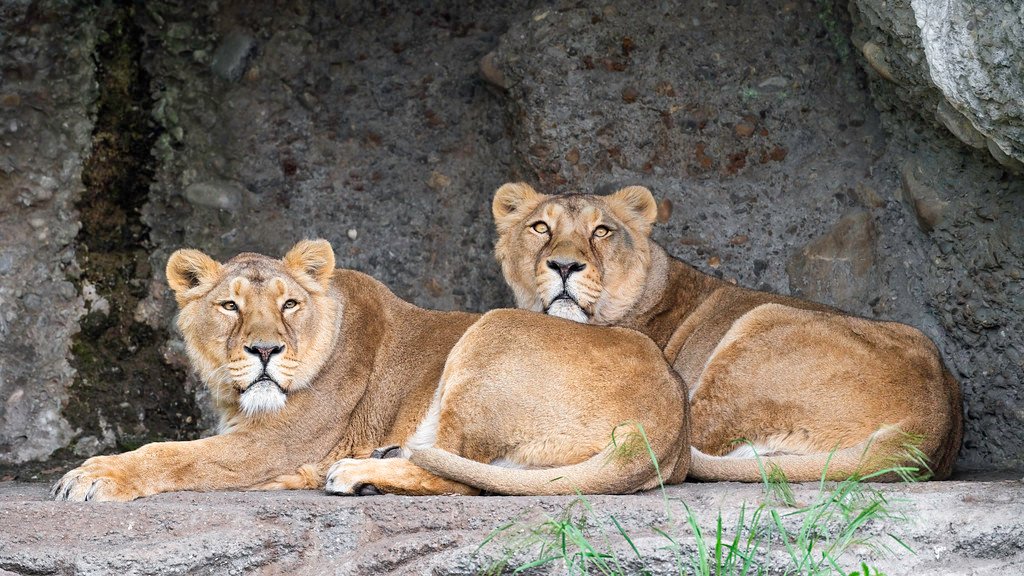
Cave lion paw prints discovered in Romanian caves measure up to 6 inches across, revealing just how enormous these predators truly were. The depth of these prints suggests they weighed significantly more than today’s largest big cats.
These fossilized tracks tell stories of hunting expeditions and territorial patrols that happened tens of thousands of years ago. Scientists can actually trace the movement patterns of individual lions through cave systems, showing how they used underground networks as highways through their territories.
No Mane Meant Better Cave Navigation

The absence of manes on cave lions wasn’t just a cosmetic difference – it was a crucial adaptation. Moving through tight cave passages and rocky terrain would have been nearly impossible with the flowing manes we see on modern lions.
This streamlined appearance also suggests that cave lions might have been more aquatic than their modern cousins, possibly hunting along riverbanks and swimming across frozen waterways. Their sleek profile would have made them incredibly efficient predators in diverse environments.
They Hunted Woolly Mammoths in Coordinated Packs
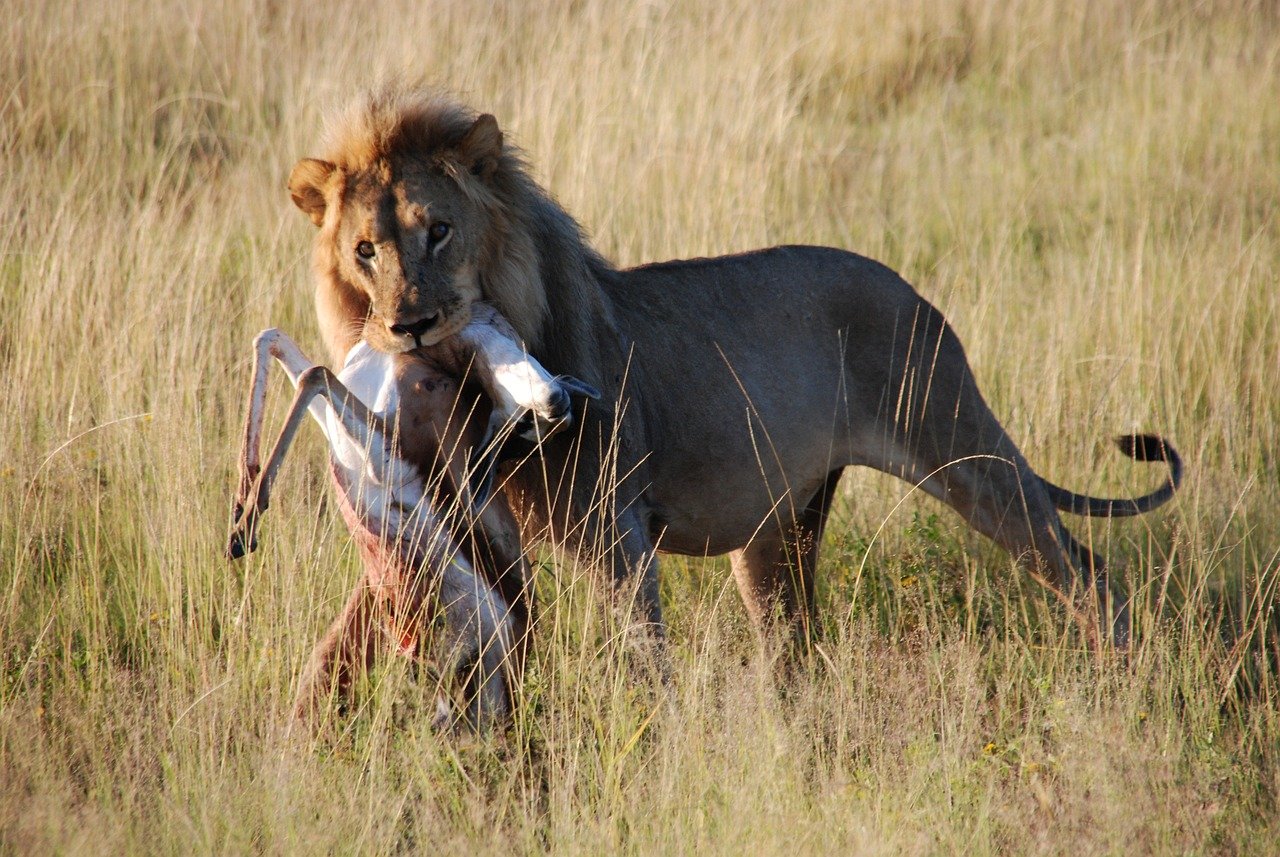
Evidence from fossil sites shows that cave lions regularly targeted woolly mammoths, animals that could weigh up to 6 tons. This required incredible coordination and hunting strategies that surpassed even modern lion pride tactics.
Bite marks on mammoth bones reveal that these cats had jaw power strong enough to crush thick mammoth hide and muscle. The strategic placement of these wounds suggests cave lions knew exactly where to strike for maximum effect. Such sophisticated hunting behavior indicates remarkable intelligence and social organization.
Their Roar Echoed Through Ice Age Valleys

Based on skull measurements and vocal apparatus reconstructions, cave lions likely had deeper, more resonant roars than any cat alive today. Their calls could probably be heard from miles away across the open tundra.
These powerful vocalizations served multiple purposes: establishing territory, coordinating hunts, and communicating with pride members across vast distances. Imagine the spine-chilling sound of a cave lion’s roar rolling through a glacier-carved valley on a winter night.
Cave Art Reveals Human Fear and Fascination

Paleolithic cave paintings throughout Europe depict cave lions with remarkable accuracy, showing that early humans lived in constant awareness of these predators. The detail in these artworks suggests both terror and deep respect for these magnificent cats.
Some paintings show cave lions hunting in groups, while others depict solitary individuals stalking prey. These ancient artists captured the raw power and grace of cave lions so perfectly that scientists use the artwork to understand their behavior and appearance.
They Survived Multiple Ice Ages

Cave lions weathered several major climate shifts, adapting to changing environments that would have wiped out less resilient species. Their thick fur and robust build helped them survive temperatures that regularly dropped below -40°F.
During warmer periods, they followed their prey into forests and grasslands, showing remarkable adaptability. This flexibility kept them thriving for hundreds of thousands of years while other megafauna species came and went.
Perfectly Preserved Cubs Reveal Family Life

Frozen cave lion cubs discovered in Siberian permafrost provide incredible insights into their early development and family structures. These baby lions, preserved for over 28,000 years, still have their original fur and facial features intact.
The cubs were found in what appears to be a den site, suggesting that cave lions had complex family arrangements similar to modern lions. Their large size even as babies indicates they grew rapidly and reached hunting age much faster than today’s big cats.
DNA Studies Connect Them to Modern Lions

Genetic analysis reveals that cave lions were closely related to modern African and Asian lions, but diverged into their own species around 1.9 million years ago. This makes them distant cousins rather than direct ancestors of today’s lions.
The genetic data also shows that cave lions had very low genetic diversity, which may have contributed to their eventual extinction. This lack of genetic variation made them vulnerable to environmental changes and diseases that swept through their populations.
They Dominated Europe for 300,000 Years
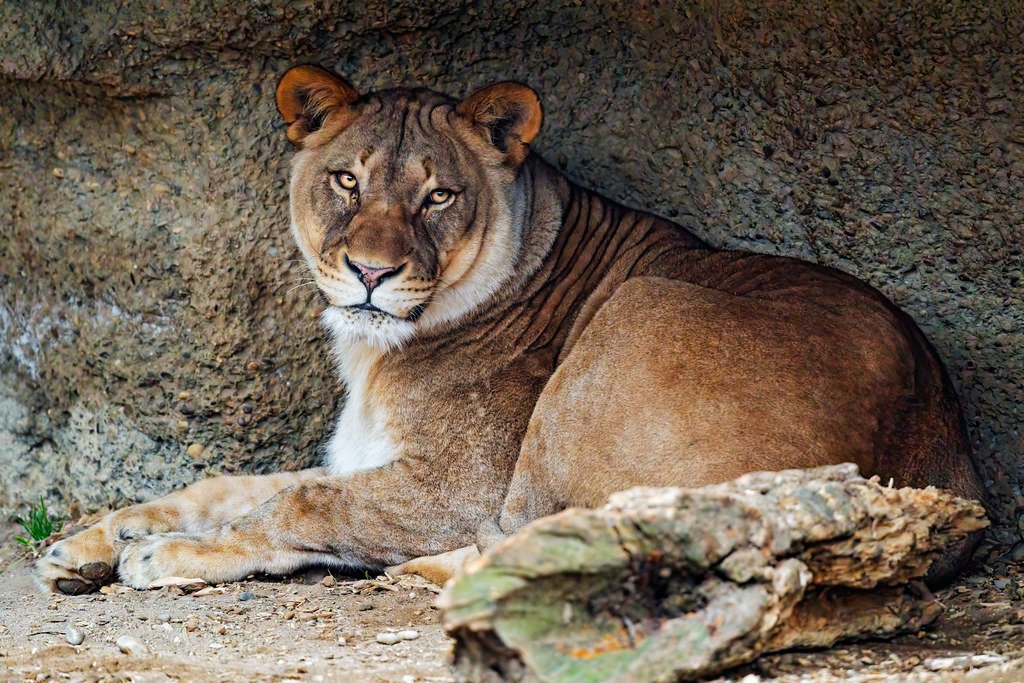
From Britain to the Balkans, cave lions ruled European landscapes longer than humans have existed as a species. Their reign lasted through multiple ice ages and countless environmental changes.
During their peak, cave lions were the undisputed apex predators of Europe, with no natural enemies except perhaps other cave lions. Their dominance shaped entire ecosystems and influenced the evolution of many other species.
Competition with Early Humans Intensified

As human populations expanded and hunting technology improved, cave lions faced increasing pressure for resources and territory. Archaeological evidence suggests that humans and cave lions often competed for the same cave systems and hunting grounds.
This competition wasn’t always hostile – some evidence suggests early humans may have scavenged from cave lion kills or even followed lion prides to locate prey. However, as human settlements grew, the conflict inevitably intensified.
Climate Change Reduced Their Prey Base

The warming climate at the end of the last Ice Age dramatically altered European landscapes, causing the megafauna that cave lions depended on to decline rapidly. Woolly mammoths, giant elk, and cave bears all faced extinction, leaving cave lions with fewer large prey options.
Without massive prey animals to sustain their energy needs, cave lion populations began to fragment and decline. The cats simply couldn’t adapt quickly enough to hunt smaller, more agile prey that required different hunting strategies.
Their Last Stand in Remote Mountain Caves
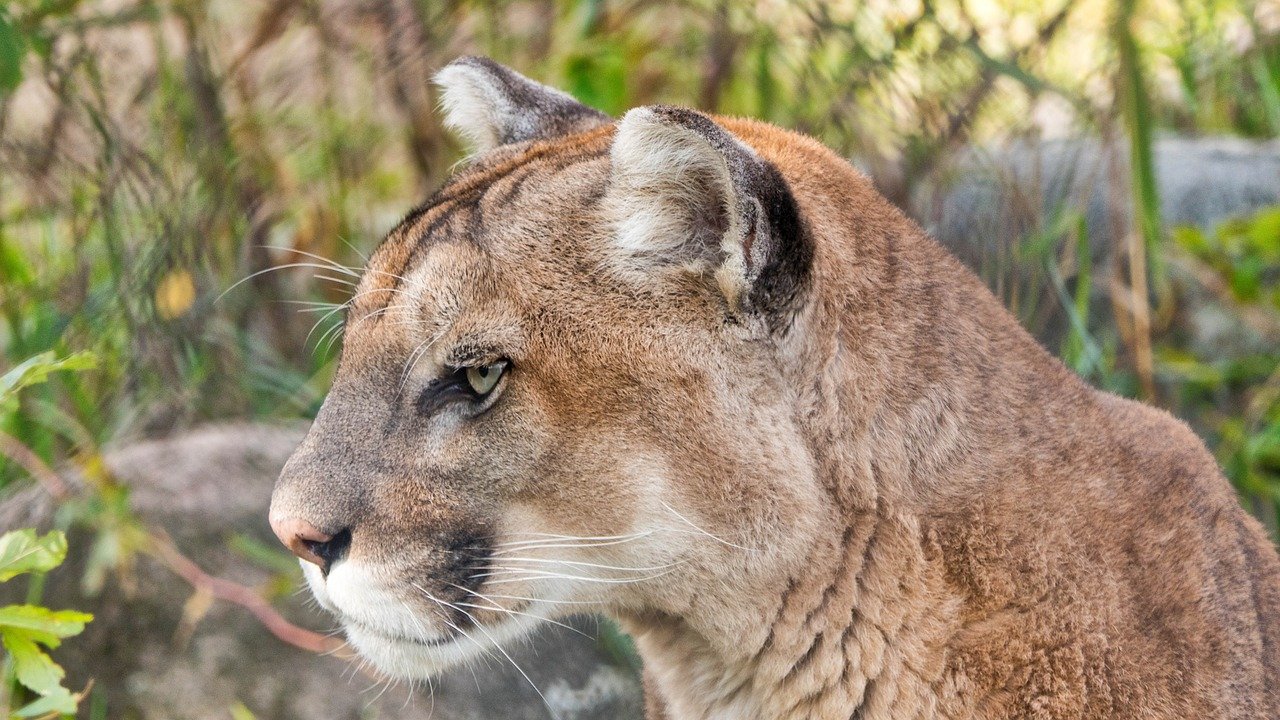
The final cave lion populations retreated to isolated mountain ranges and remote cave systems, where they made their last stand against extinction. These refugia provided temporary safety but couldn’t sustain large breeding populations.
Evidence from the Carpathian Mountains suggests that cave lions survived there until around 10,000 years ago, making them contemporaries of early agricultural societies. Their extinction marked the end of an era when giant predators ruled the Earth.
Modern Conservation Lessons from Ancient Extinction

The cave lion extinction offers valuable insights for modern conservation efforts. Their story demonstrates how even the most successful predators can vanish when multiple pressures combine – climate change, habitat loss, and competition with expanding human populations.
Today’s endangered big cats face remarkably similar challenges, making the cave lion’s fate a sobering reminder of what we could lose. Their extinction wasn’t inevitable, but it happened gradually, then suddenly, just as many wildlife declines occur today.
Scientific Discoveries Continue to Amaze
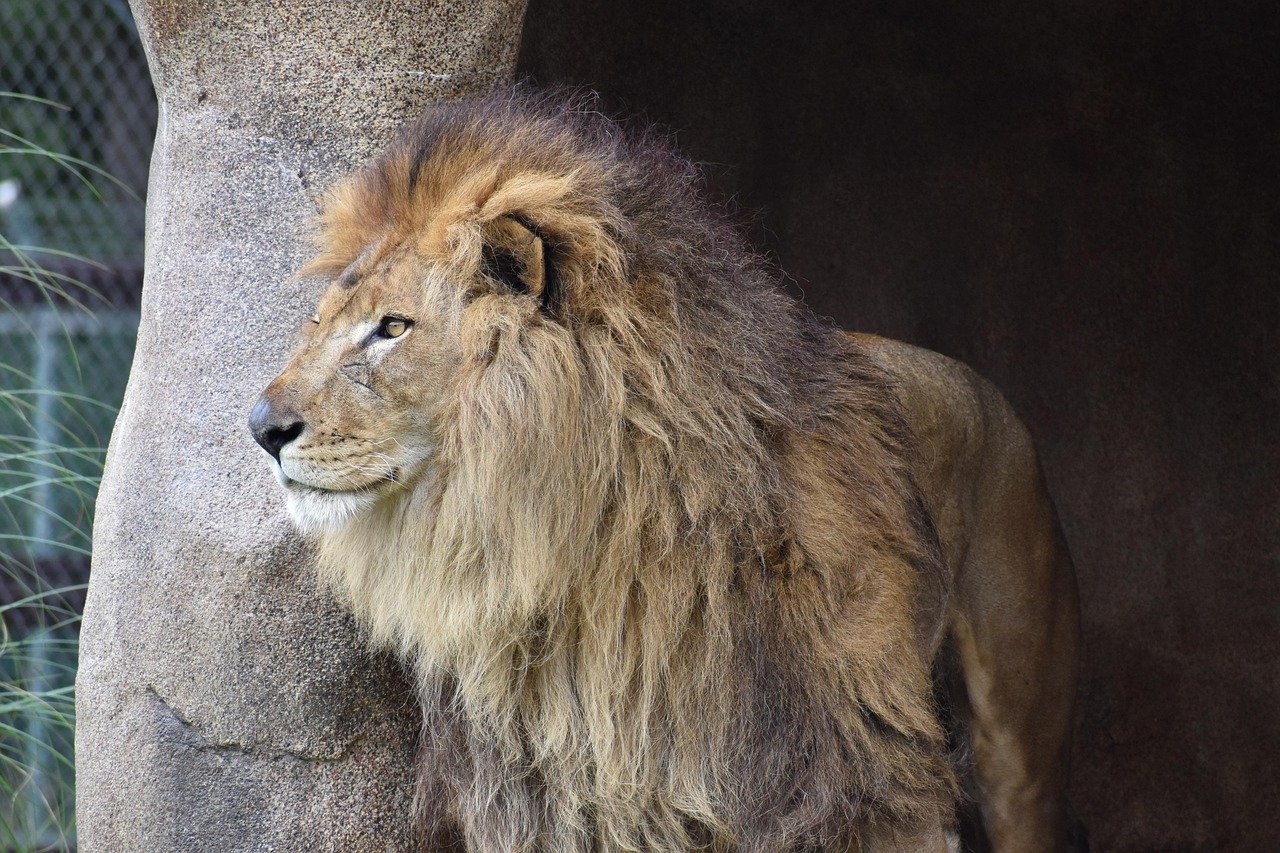
New cave lion fossils and DNA samples emerge regularly, each discovery adding pieces to the puzzle of their remarkable existence. Recently discovered specimens in perfect condition continue to reveal secrets about their behavior, diet, and social structures.
Advanced imaging techniques now allow scientists to study cave lion anatomy in unprecedented detail, revealing adaptations that made them such successful predators. These ongoing discoveries ensure that cave lions remain one of the most fascinating subjects in paleontology.
Their Legacy Lives On
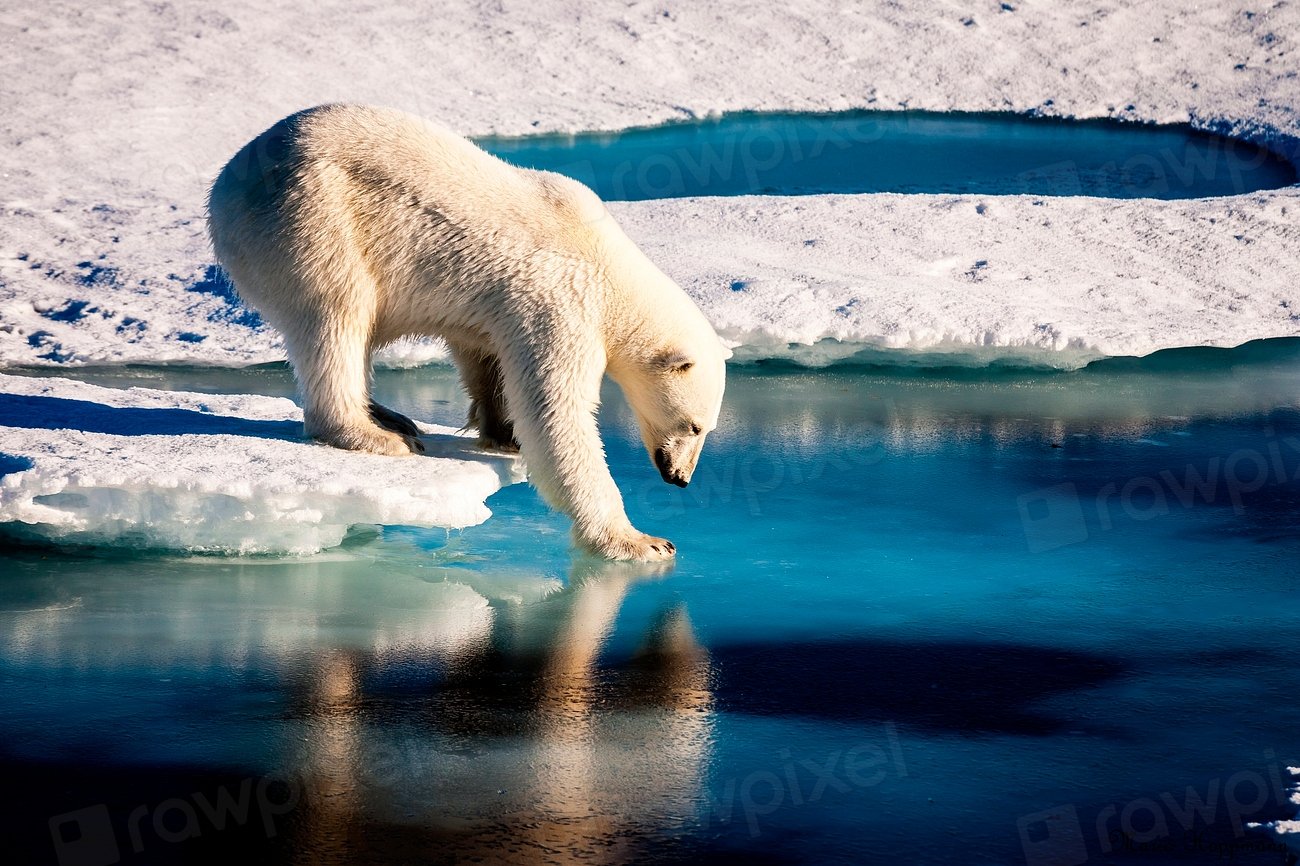
Though cave lions vanished thousands of years ago, their genetic legacy persists in modern lion populations. Some researchers believe that selective breeding programs might one day recreate animals with cave lion characteristics, though this remains highly controversial.
More importantly, cave lions continue to inspire conservation efforts for today’s endangered big cats. Their story reminds us that even the mightiest predators are vulnerable to the same forces threatening wildlife today. What lessons will future generations learn from our choices about the big cats still walking among us?
Hi, I’m Bola, a passionate writer and creative strategist with a knack for crafting compelling content that educates, inspires, and connects. Over the years, I’ve honed my skills across various writing fields, including content creation, copywriting, online course development, and video scriptwriting.
When I’m not at my desk, you’ll find me exploring new ideas, reading books, or brainstorming creative ways to solve challenges. I believe that words have the power to transform, and I’m here to help you leverage that power for success.
Thanks for stopping by, Keep coming to this website to checkout new articles form me. You’d always love it!






